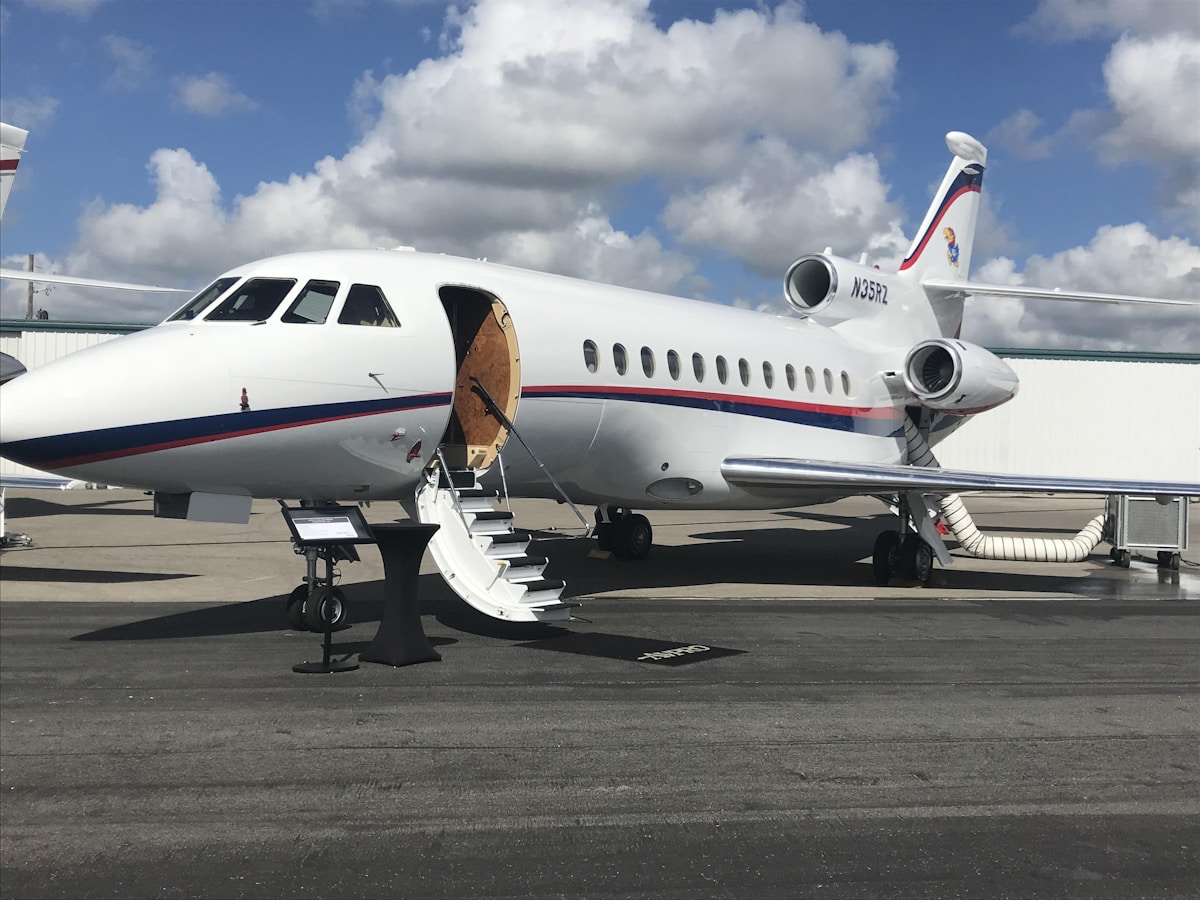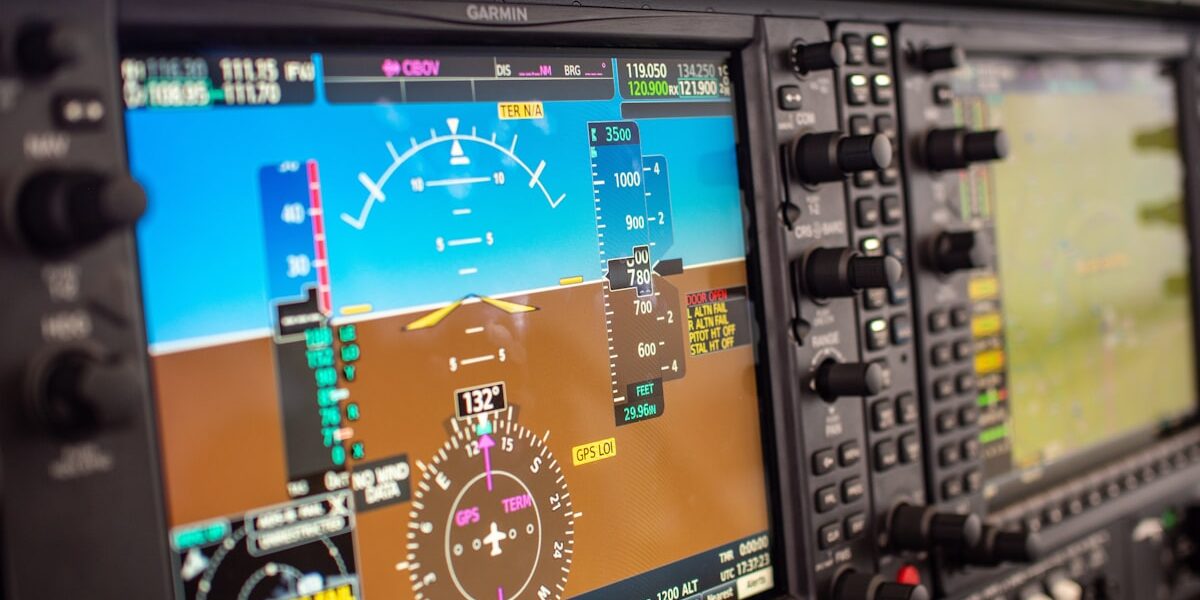Understanding PHM in UTC Aerostructures
Prognostics and Health Management (PHM) plays a significant role in modern aerostructures. At UTC, PHM integrates various technologies to maintain the safety and efficiency of aircraft components.

The Basics of PHM
PHM involves monitoring, diagnosing, and predicting the health of equipment. It ensures systems operate optimally, reducing unplanned maintenance. This process leverages sensors, data collection, and analytical methodologies.
Components of PHM
Several core components constitute a PHM system:
- Sensors: Gather real-time data from different parts of the aircraft.
- Data Acquisition Systems: Store and manage the data collected by sensors.
- Algorithms: Analyze the data to diagnose issues and predict failures.
- Maintenance Actions: Plans developed based on PHM data to address identified issues.
PHM Technologies in Aerostructures
In UTC’s aerostructures, PHM technologies cover a range of applications:
- Vibration Monitoring: Detects abnormal vibrations that could indicate potential failures in components like engines or landing gear.
- Structural Health Monitoring (SHM): Uses sensors to monitor the integrity of the aircraft structure, looking for cracks or other damage.
- Fluid and Oil Monitoring: Controls systems that keep track of fluid levels, viscosity, and contamination in hydraulic or lubrication systems.
Data Collection Techniques
Effective PHM relies on robust data collection techniques. Common methods include:
- Wireless Sensor Networks: Enable the collection of data without extensive wiring, reducing weight and complexity.
- Distributed Data Processing: Enhances data analysis by processing information at the sensor level before transmitting it to central systems.
Diagnostic and Predictive Algorithms
Algorithms form the backbone of PHM analytics. They can be categorized into:
- Rule-Based Algorithms: Use predefined rules to identify known issues based on sensor data.
- Statistical Methods: Analyze historical data to detect abnormalities and predict failures.
- Machine Learning Algorithms: Learn from large datasets to improve prediction accuracy over time.
Benefits of PHM in Aerostructures
Implementing PHM in UTC aerostructures brings several advantages:
- Reduced Downtime: Predictive maintenance minimizes the time aircraft spend on the ground.
- Cost Efficiency: Maintenance actions based on PHM data are more targeted, reducing unnecessary servicing.
- Safety Improvements: Regular monitoring and early fault detection enhance overall aircraft safety.
Challenges in Implementing PHM
Adopting PHM is not without challenges. They include:
- Data Integration: Combining data from various sources and formats can be complex.
- Algorithm Accuracy: Ensuring predictive models are accurate and reliable is critical.
- System Complexity: The integration of PHM systems into existing aircraft infrastructure can be difficult.
Future Directions for PHM in Aerostructures
The future of PHM in UTC aerostructures looks promising. Trends include:
- Advanced AI Techniques: Utilizing deep learning and neural networks for more accurate predictions.
- IoT Integration: Greater use of the Internet of Things to enhance data collection and analysis capabilities.
- Remote Monitoring: Improved capabilities for remote diagnostics and maintenance planning.
“`




Subscribe for Updates
Get the latest articles delivered to your inbox.
We respect your privacy. Unsubscribe anytime.